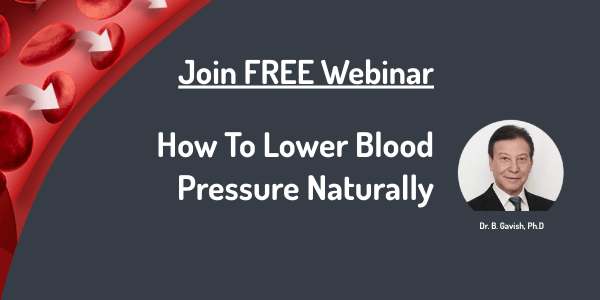Slow controlled breathing exercises have been used by many cultures for millennia for better health.
Yoga, Tai Chi, and Zen breathing are all examples of the central role breathing plays in maintaining health by ancient traditions. Today, breathing exercises are used in meditation, by mental health professionals to treat anxiety-related conditions, as a prominent component of cognitive behavioral therapies (CBT) and as general relaxation techniques.
Anxiety
Anxiety is a basic emotion associated with the defense mechanisms in response to an event or situation that cannot be managed or undertake successfully. On the emotional side, anxiety is expressed by a displeasing feeling of fear and concern and can create worry, uneasiness, and dread. It is also associated with feelings of restlessness, fatigue, concentration problems, and muscle tension.
There is a fundamental interplay between anxiety and breathing pattern: the anxiety starts with emotion that elevates the breathing rate. Fast breathing or over breathing (taking more air than needed) induces anxiety. The reverse is also true – slow breathing reduces anxiety, especially when performed with a prolonged exhalation component.
More specifically, when anxious we also tend to shorten exhalation in attempt to start inhaling earlier, fearing of not having enough air. This process subliminally creates a vicious cycle, during which carbon dioxide (CO2) level in our blood drops. The CO2 level is a prominent controller of cerebral blood flow and its drop is expressed by psychological and physiological symptoms shared by anxiety-related states, such as breathlessness, helplessness, and fear.
Furthermore, over-breathing elevates neural sympathetic activity and reduces the parasympathetic neural activity, which leads, respectively, to an elevation in both blood pressure and heart rate. When slow breathing is practiced appropriately, especially when allowing prolonged exhalation, we can eliminate the main anxiety generator and relieve its symptoms.
The paradox is that unaided breathing exercises require counting or other cognitive control of breathing, which by its nature elevates sympathetic activity. Furthermore, the optimal breathing pattern must also match the ability to orchestrate diaphragm-thoracic respiratory muscles at slow breathing rates. Such ability varies between individuals and during the time, emotional state and body position.
How 2Breathe™ Technology Can Help Both
The patented technology gradually guides the user’s from spontaneous breathing to an optimal therapeutic breathing pattern of 5-7 breaths per minutes, with a relatively prolonged exhalation. It was demonstrated to significantly decrease sympathetic activity and lower blood pressure.
2Breathe™ technology is especially powerful in affecting emotional states, as it smartly combines breathing exercises and relaxing music patterns: The user synchronized the breathing movements with musical guiding tones composed in real-time, in a way that continuously adapts to the user’s ability to be guided. Such interactive guidance creates an optimal and personalized breathing exercise that was shown to play a prominent role in the beneficial effect of this intervention.
The normal falling-asleep process involves progressive disconnection from the environment and decline in control over mental activity and awareness of sensory stimuli. During this process, sympathetic neural activity is decreased with resulting mental and muscle tone relaxation.
How It Works
2Breathe™ technology induces sleep by assisting the user in focusing continuously on the breath by the breathing-guiding tones, and in this way enhancing disconnection from stimuli generated by the external or internal environments. Synchronizing breathing movements with the guiding tones involves the emotional and not the cognitive part of the brain. This leads to reducing mental activity “without thinking about it”.
Finally, reaching slow breathing with prolonged exhalation by the same guiding tones causes a reduction of sympathetic activity, which is generated by the brain and inhibited during prolonged exhalations. Therefore, the 2breathe™ technology intensifies processes involved in normal falling asleep and empower methods based of focusing on breathing, e.g. ‘mindfulness meditation’ that proved to reduce insomnia.






 Download Brochure
Download Brochure